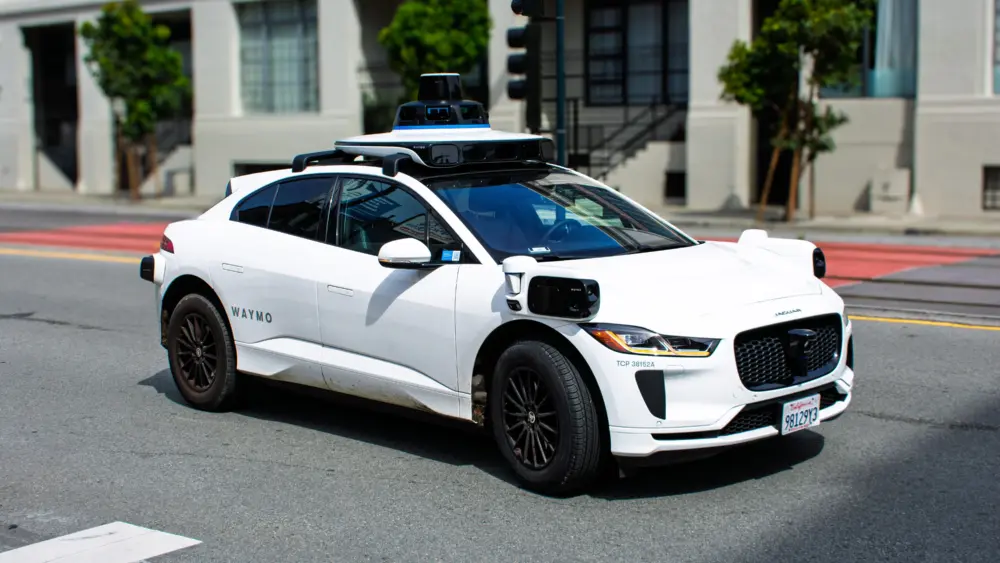
Anyone who ever read Ayn Rand’s Atlas Shrugged knows John Galt is “the man who stopped the motor of the world.” As it turns out, it wasn’t John Galt, nor was it a man. It was the COVID-19 virus. As a result of business closures to prevent the spread of infection, the Gross Domestic Product of the U.S. dropped to 3.5% in 2020, the biggest decrease since 1946 when the U.S. entered World War II.
One thing became painfully clear: many workers performing ordinary jobs for ordinary (and perhaps substandard) wages are critical to the function of the U.S. economy. We like to think of ourselves as living in the modern age when so-called “knowledge work” drives the country forward through ongoing advances in technology. The stark reality is that without the people who work the front lines of business and perform tangible work—be it the person at the cash register or on the manufacturing line—we don’t have a functioning economy.
On another front, employers had to learn how to deal with a remote workforce. Not just work at home on the occasional Friday, or just for a few “responsible” employees, but for their entire staff. Zoom, Slack, and Teams entered the workplace vocabulary in a big way. The importance of access to reliable network connectivity became apparent (as did the need for muting audio and video.) Employers were forced to confront whether a butts-in-seats management philosophy really increases productivity. (Hint: It does not.) And remote workers learned that it’s both a blessing (flexibility, no commute) and a curse (no clear delineation between work and home).
Now the economy is reopening, thanks to the widespread availability of vaccines and a majority of people getting those vaccines. (Although, I admit, I’m astonished some people refuse to get one.) The question: What changes will take place as a result of the pandemic? The pandemic showed everyone in the country that the previous “status quo” is simply a construct, and that it’s possible the way we work could be different, and perhaps better for the people doing the work. Some employees are realizing that maybe their work is worth more than the federal minimum wage of $7.25 an hour.
The fact is that the economy needs the people who do the actual work. Even if you have the Galt-like innovators who have big ideas that power the motor of the world, someone still has to perform the labor involved in making ideas large and small become a reality, whether they work at a computer or butcher chickens. To quote Heather Long, an economics correspondent with The Washington Post, “The coronavirus outbreak has had a dramatic psychological effect on workers, and people are re-assessing what they want to do and how they want to work.”
Lots of workers are unhappy. In a prepandemic (October, 2019) Gallup poll just 40% of workers classified their employment as “good,” based on pay, job security, opportunity for advancement, benefits, stability and dignity. About 44% said their jobs are mediocre and 16% said they’re working at “bad jobs.” Two-thirds of the workers in the top 10% of income earners classified their jobs as good. Less than one-third of income earners in the bottom 20 percent said the same.
Clearly, those employees who can work remotely liked it. And those who can’t work remotely realized they can hold out for better pay and working conditions. Employers will have to respond to that. And employers with big empty office spaces during the pandemic may have realized that people working remotely didn’t significantly affect things.
Lots of employers are considering a hybrid model for post-pandemic workers allowing them to work remotely part of the time. For example, Target is giving up one-third of the 3-million-square-foot office space it leases in downtown Minneapolis, as its expecting to have fewer people in the office every day under a flexible-work arrangement. Other companies going fully- or partially-remote include Ford Motor Company, REI and Apple.
For workers who must be on-site, the future is not so clear. Amazon is one of the largest employers of on-site workers in its warehouses and distribution centers. It has automated much of the process of scheduling, tracking, evaluating and firing those employees, a system which went badly awry during the pandemic, according to a story in the The New York Times (tinyurl.com/yefp5k3a). More tech, at least as applied by Amazon, is not the answer.
Steve Sinofsky, former Windows Division President at Microsoft, had this to say about the changes wrought by the pandemic: “It isn’t just that messaging became more important or that video meetings began to work, but that people quickly realized these can actually be superior. The next step is to take these tactical lessons and apply them more broadly to how a company is structured and operates.”
We live in interesting times, for employers and employees alike.
Author
-

Michael E. Duffy is a 70-year-old senior software engineer for Electronic Arts. He lives in Sonoma County and has been writing about technology and business for NorthBay biz since 2001.
View all posts



